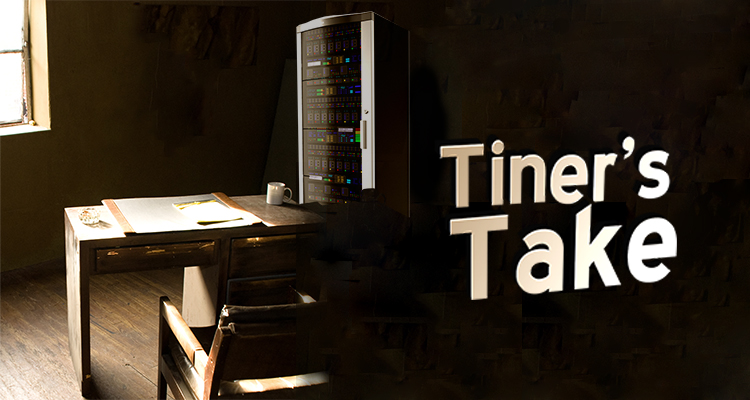Listen to What Is Being Said (If You Can)
 We recently had a email thread at my institution discussing whether people should use microphones as a standard at all meetings. The discussion started as a result of people having a hard time hearing during faculty meetings. Interestingly, this discussion took a different direction that previous ones had. It was focused on accessibility and how much our audience misses when we don’t use microphones. Included in the discussion was a reference to an article titled, “What You’re Saying When You Say, I Don’t Need a Mic.” The article argues that by saying that, you are saying that you are “normal” and that everyone in that audience must also be “normal.”
We recently had a email thread at my institution discussing whether people should use microphones as a standard at all meetings. The discussion started as a result of people having a hard time hearing during faculty meetings. Interestingly, this discussion took a different direction that previous ones had. It was focused on accessibility and how much our audience misses when we don’t use microphones. Included in the discussion was a reference to an article titled, “What You’re Saying When You Say, I Don’t Need a Mic.” The article argues that by saying that, you are saying that you are “normal” and that everyone in that audience must also be “normal.”
Recently, I was on a train and then subway in New York City. These two things are notorious for having horrible audio. As I listened to the garbled and unintelligible information coming from the speakers, I thought about that email thread again. I am not a regular user of either of these modes of transportation and what they were saying mattered. Was this an express train? Was I going to miss my stop? Was there a change in the train’s route? I began to wonder if this type of garbled noise was what others hear at presentations.
I will admit that I have always been one of those people who says, “I don’t need a mic.” I have a loud voice that carries well. On many occasions this had been to my detriment, as people heard things I did not want them to. Also, I have occasionally been told to use my “indoor voice.” I have thought of this as a strength of mine over time, especially when I give presentations. Now I wonder how many times I was giving a presentation and people could not understand what I was trying to convey, or left because they could not hear me, or left before I started because they knew I was not using a mic.
 This is particularly true in education. Where I work, we have many small seminar classes. These may have 10-20 students in a class. But, we do have several classrooms that can handle 35 or more students. The students in these classrooms that have diagnosed hearing disabilities are entitled to different types of support. But what about that student who just does not hear quite as well as his/her peers? They sit in the room and get less of an education than those around them because they can not hear what is going on. Not hearing a speaker clearly is the worst thing that can happen during a lecture/presentation. All of your effort and energy goes to listening to what is being said. You have a hard time processing what is being said, simply because all your efforts are elsewhere. And, when that person nexts to you starts shuffling paper or searching through their bag, all hope is lost.
This is particularly true in education. Where I work, we have many small seminar classes. These may have 10-20 students in a class. But, we do have several classrooms that can handle 35 or more students. The students in these classrooms that have diagnosed hearing disabilities are entitled to different types of support. But what about that student who just does not hear quite as well as his/her peers? They sit in the room and get less of an education than those around them because they can not hear what is going on. Not hearing a speaker clearly is the worst thing that can happen during a lecture/presentation. All of your effort and energy goes to listening to what is being said. You have a hard time processing what is being said, simply because all your efforts are elsewhere. And, when that person nexts to you starts shuffling paper or searching through their bag, all hope is lost.
I am curious to hear from others, particularly in higher ed about what you do for voice support and amplification. Is there a certain size room that it becomes necessary? What is that size? How many students have to be in a room before you install equipment? Are any of you at an institution that gives institutional support to this? By that I mean, does your institution have a rule and support it financially, that requires audio support at a certain size/number of students? Even more, does anyone get support from the dean or provost to require faculty to use microphones in these spaces? I would also be curious to hear from integrators who work with higher ed. This is another great area where they could provide value. Integrators have the tools, skills, knowledge and resources to show the value of quality audio support. This is an area that I think integrators could push their clients in specific technologies (bet you never thought you would see me write that!). Providing quality audio support does not need to break a budget, and an integrator who approaches this with a helpful mindset will be successful.




